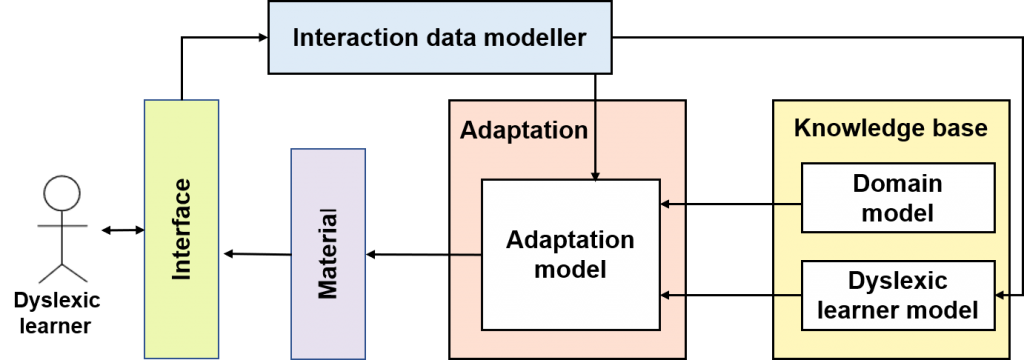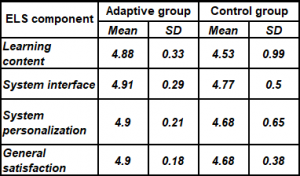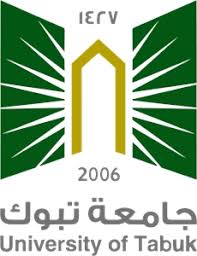The Impact of Adaptation Based on Students’ Dyslexia Type
An Empirical Evaluation of Students’ Satisfaction
Prepared by: Weam Gaoud Alghabban, wga814@cs.bham.ac.uk
Supervised by: Robert Hendley
School of Computer Science, University of Birmingham, Birmingham, United Kingdom
“Link to paper” “Link to video”
Problem:
- Dyslexia is a widespread problem of reading.
- It occurs in all languages and cultures.
- Teaching for dyslexia is usually “one size fits all“.
- This causes frustration and dissatisfaction for students.
- Dyslexia has different types and therefore reading problems.
Aim:
- Adapting teaching material based on dyslexia type.
- Evaluation of whether it works.
Theoretical Foundation:
- Different types of dyslexia cause different problems in different languages.
- They can be interpreted according to The dual-route theory of reading (Figure 1).

Proposed Architecture:
- Three main components are included in the proposed architecture: domain model, dyslexic learner model and adaptation model (Figure 2).
- The diagnosis of dyslexia type is described in the dyslexic learner model.

Evaluation Methodology:
- 40 Arabic dyslexic children participated.
- 2 groups are balanced by age and prior reading level.
- 2 measurements: learning gain and student satisfaction.

Results:
Table 1: Satisfaction scores of dyslexic students.


Conclusion and Future Work:
- Matching learning material to dyslexia type improves learning gain and students’ satisfaction.
- In future, we will apply to different languages, using more learning material and including additional attributes of the learner.
Acknowledgement:
We would like to thank the University of Tabuk in the Kingdom of Saudi Arabia for providing the opportunity to study at The University of Birmingham under its sponsorship and funding.
References:



